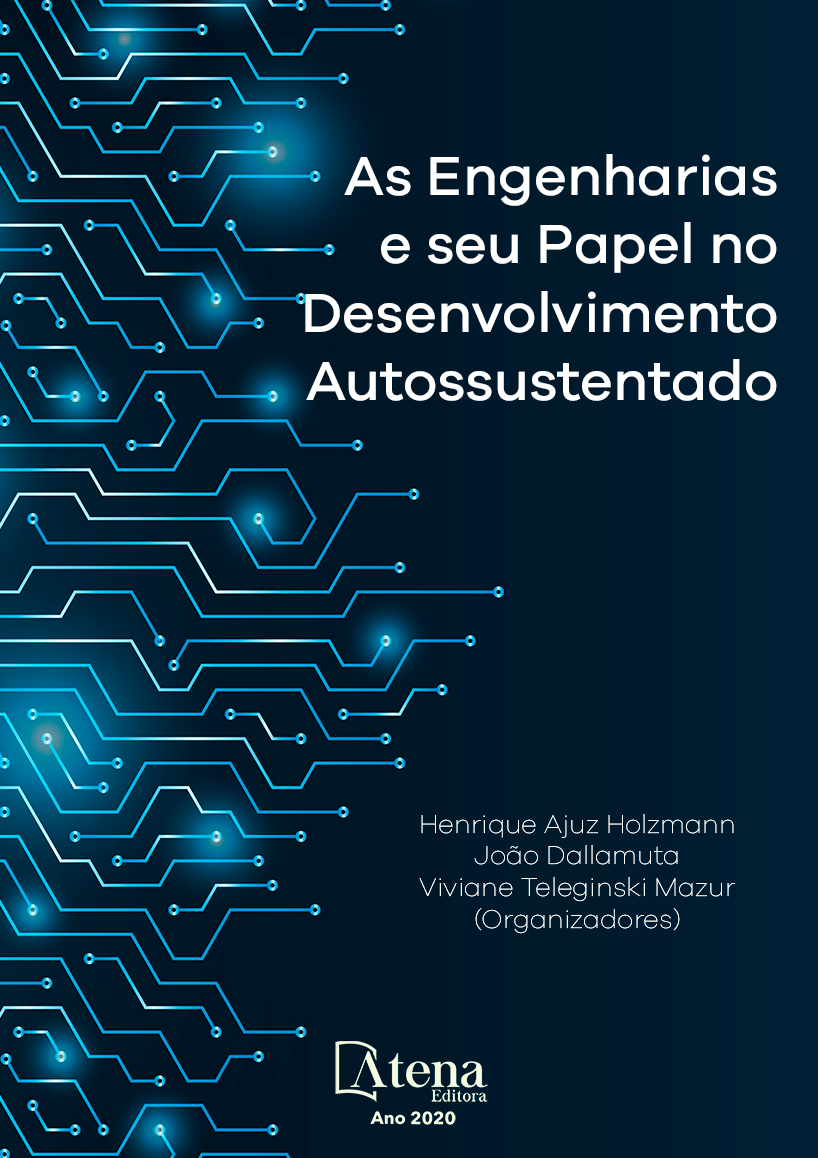
APLICABILIDADE DE NANOCOMPÓSITOS A BASE DE NANOPARTÍCULAS DE CARBONO EM EMBALAGENS ALIMENTÍCIAS
O polilactídeo (PLA) é um polímero biodegradável e biocompatível, sendo considerado como um dos biopolímeros mais promissores em aplicações industriais. Contudo suas baixas propriedades térmicas e mecânicas inviabilizam seu uso na substituição de polímeros sintéticos incentivando a utilização de nanopartículas a fim de melhorar tais propriedades. Foram obtidos nanocompósitos poliméricos de PLA, a partir da técnica de casting, com diferentes nanopartículas de carbono (Nanotubo, Grafeno e Fulereno) modificadas com octadecilamina (ODA) em seu estado isolado e em sistemas ternários destas partículas nas concentrações de 0,01%, 0,03% e 0,09%. Após a obtenção os sistemas foram analisados por transmitância e teste em alimentos. Os resultados indicam que a presença das nanopartículas de carbono modificadas foi capaz de elevar a mecânica da matriz de PLA. Os sistemas contendo 0,03% das nanoestruturas exibiram melhores resultados em ambas as análises. Nos sistemas ternários verificou-se um efeito sinérgico que pode decorrer da melhor dispersão destas partículas.
APLICABILIDADE DE NANOCOMPÓSITOS A BASE DE NANOPARTÍCULAS DE CARBONO EM EMBALAGENS ALIMENTÍCIAS
-
DOI: 10.22533/at.ed.46620300617
-
Palavras-chave: Poli(ácido lático); nanopartículas de carbono; embalagens alimentícias.
-
Keywords: Poly(lactic acid); carbon nanoparticles; food packaging.
-
Abstract:
The poly(lactic acid) or polylactide (PLA) is a biodegradable and biocompatible compostable polymer, being considered as one of the most promising biopolymers in industrial applications. However, its low thermal and mechanical properties make it an unfeasible option to replace synthetic polymers encouraging the use of nanoparticles to improve such properties. Therefore, nanoparticles of carbon (carbon nanotubes, graphene, and fullerene) modified with octadecylamine (ODA) in their isolated state and ternary systems of these particles in concentrations of 0.01%, 0.03%, and 0.09% were obtained from PLA polymer nanocomposites. After obtaining them, these systems were analyzed by techniques of transmittance and food testing. The presence of modified carbon nanoparticles was able to increase the mechanical resistance of the PLA matrix. The systems with 0.03% of the nanostructures showed better results in both analyzes. In verified ternary systems, there is a synergistic effect that can occur with the best dispersion of these particles.
-
Número de páginas: 12
- Anne Caroline da Silva Rocha
- Lívia Rodrigues de Menezes
- Emerson Oliveira da Silva


